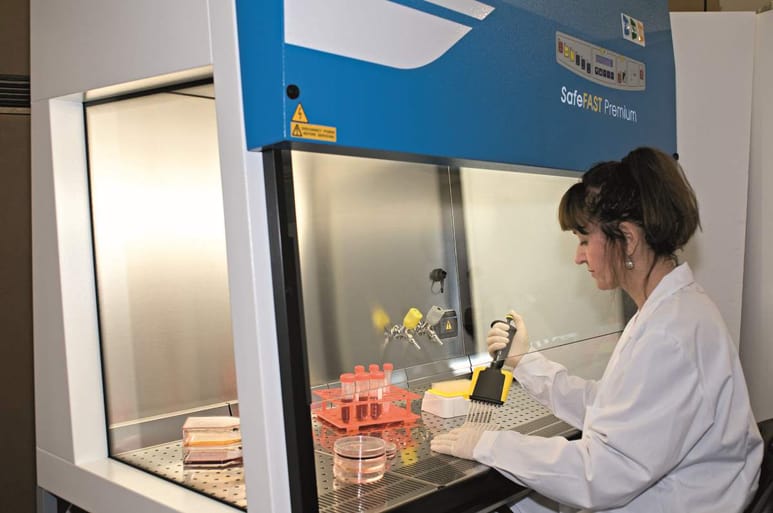Tips on specifying a new biosafety cabinet
When it comes to biosafety cabinets or biological safety cabinets, the choice of brands and options available when purchasing a new biosafety cabinet (BSC) can be bewildering. At MSC we ask 11 key questions to determine the correct BSC for our customers. The first four questions help determine the correct type of cabinet:
- Determine the correct category of cabinet for your needs. This may be a class I, class II A2, class II B2 or class III cabinet. Download the MSC Clean Air Containment Decision Map a concise guide that will help you choose the correct enclosure for your requirements.
- What are all the types of work that will be carried out in this cabinet?
- Are there any hazards present?
- Exhaust requirements? Ducted or re-circulating?
The remaining 7 questions deal with the options and accessories available once you have identified the correct biosafety cabinet type:
- What size do you need? BSC cabinets are generally categorized by their nominal internal/useful width.
- So a 4ft (1,200mm) cabinet will have a work area approximately this wide. Don’t forget to check the external dimensions as well! 4ft (1,200mm) and 6ft (1,800mm) are the most common sizes – they may have relatively lower pricing and better lead times.
- Other off-the-shelf sizes available include 2ft (600mm), 3ft (900mm), and 5ft (1,500mm).
- Custom and larger sizes are available on request.
- Do large piece of equipment need to be accommodated inside the cabinet? Remember larger sizes are not designed for multiple users.
The rule is one operator at a time for cabinets of all sizes. Remember to check both that the cabinet will fit in your lab (including necessary clearance) and that it can be delivered safely – what is the delivery route?
2. Materials of construction? The standard internal worksurface is AISI 304 SS with epoxy/powder-coated steel exterior. Do you need the work surface in AISI 316 L SS required? Do you require exterior stainless steel required? 304 or 316?
3. Will the cabinet be on a dedicated support stand or bench-mounted? If bench-mounted make sure your bench is suitable! A 4ft cabinet can weigh >160kg and a 6ft cabinet >240kg. If you prefer a support stand then what is the optimal height for the work surface? Do you need an adjustable height solution? Do you prefer castors or levelling feet?
4. Are internal service fixtures required? Most cabinets can be fitted with a selection of internal electrical sockets, data sockets, and taps for air, water, vacuum, and gas.
5. How will the cabinet be decontaminated? Options include UV, formaldehyde, and vaporised hydrogen peroxide (HPV; VHP). How often will decontamination be carried out?
6. Do you need to output any information from the cabinet for example to a Building Management System (BMS)? Volt-free contacts and other solutions can be provided.
7. Additional features. Examples include integrated microscopes, weighing stones, LCD screens, CCTV cameras, and particle counters.
Guide to choosing biosafety cabinet
Download the MSC Clean Air Containment Decision Map a concise guide that will help you choose the correct enclosure for your requirements. Please note this guide is not a substitute for a proper risk assessment. A risk assessment should always accompany the decision to purchase laboratory equipment for a new project.
MSC can supply a biosafety cabinet, laminar flow cabinet or fume hood to suit your requirements. You can browse our full range here, or feel free to get in touch to discuss your needs with one of our technical specialists.
For further information check out our recent blog post “Biological Safety Cabinet (BSC), Laminar Flow (LAF) or Fume Hood?”


